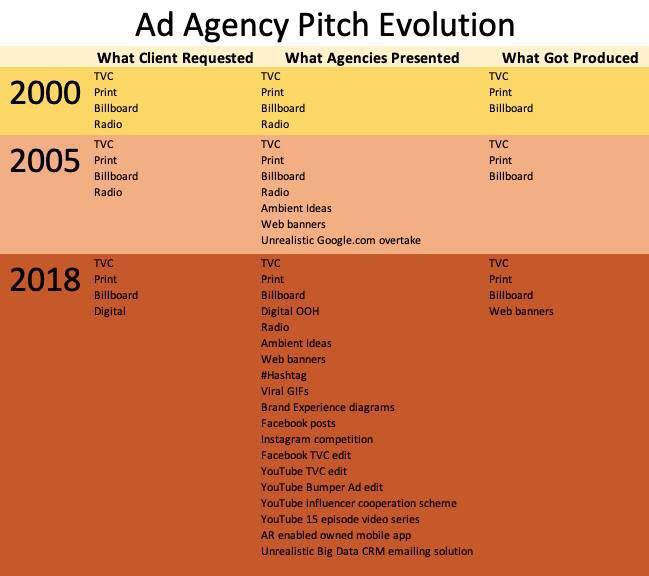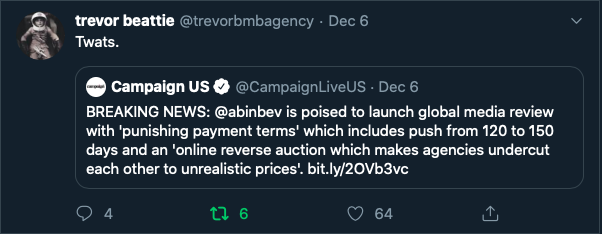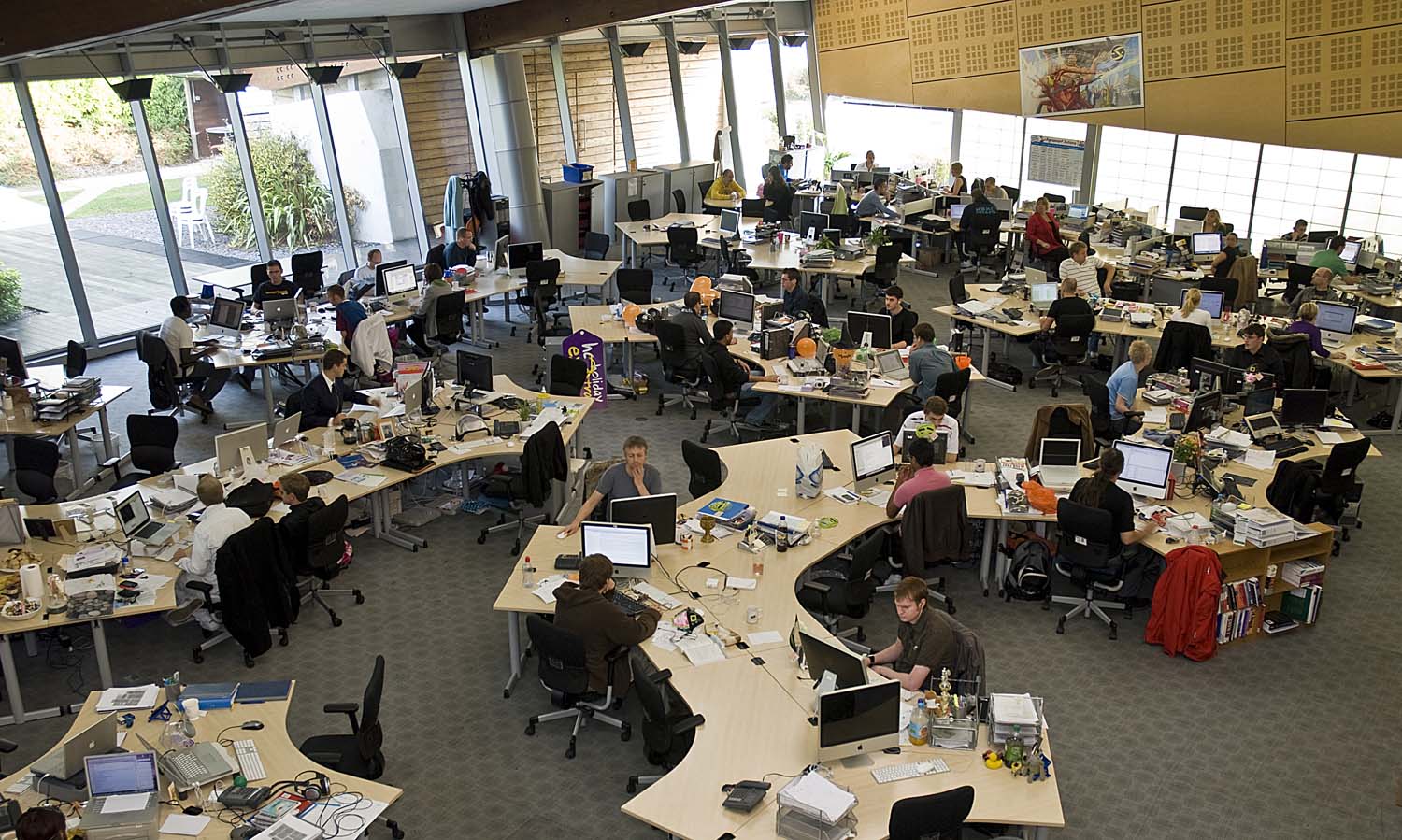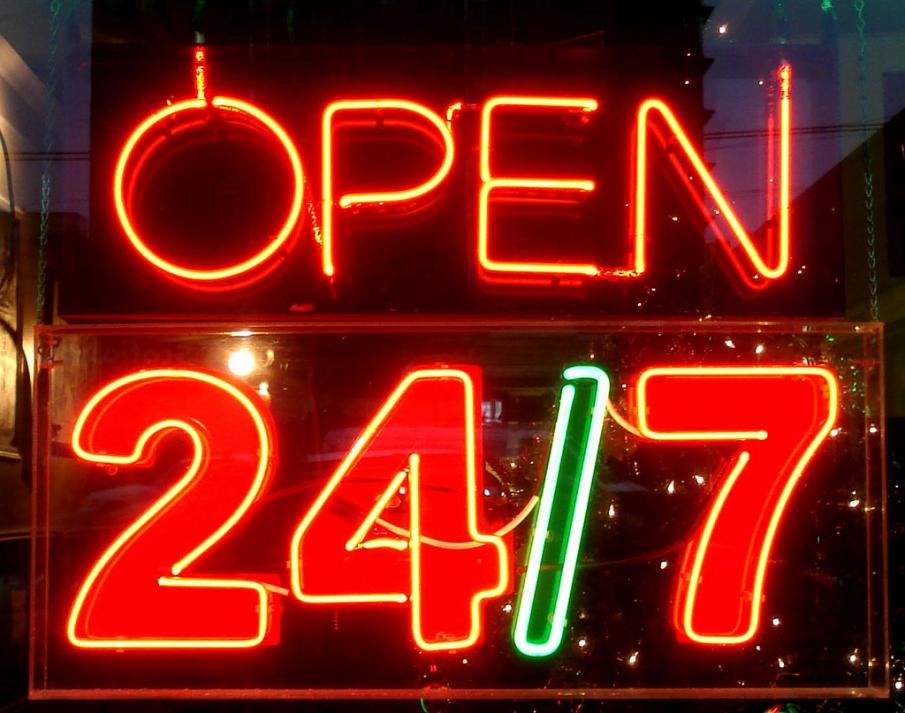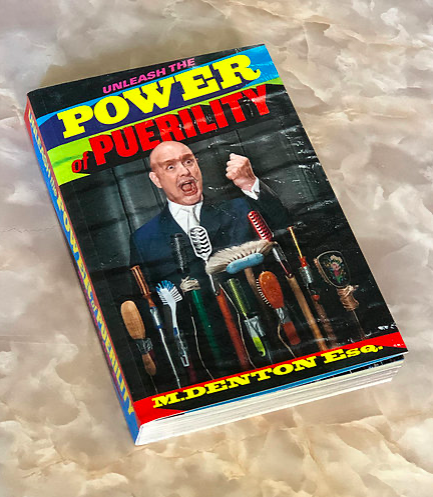Newish things that haven’t made advertising better, part 8: scam ads.
On LinkedIn there’s a fella who likes to post ads that have inspired him, offering them to others in the hope that they have the same effect.
Often one of the commenters under the ads is me. I find myself taking issue with the fact that the ads are usually ‘scam’, by which I mean they are created solely for the purpose of entering into awards, and not real answers to real client briefs that are intended to solve actual business problems.
The most recent example of this featured an expansion of our two viewpoints in the comment section, so have a look at both sides of the issue:
Here’s the ad…
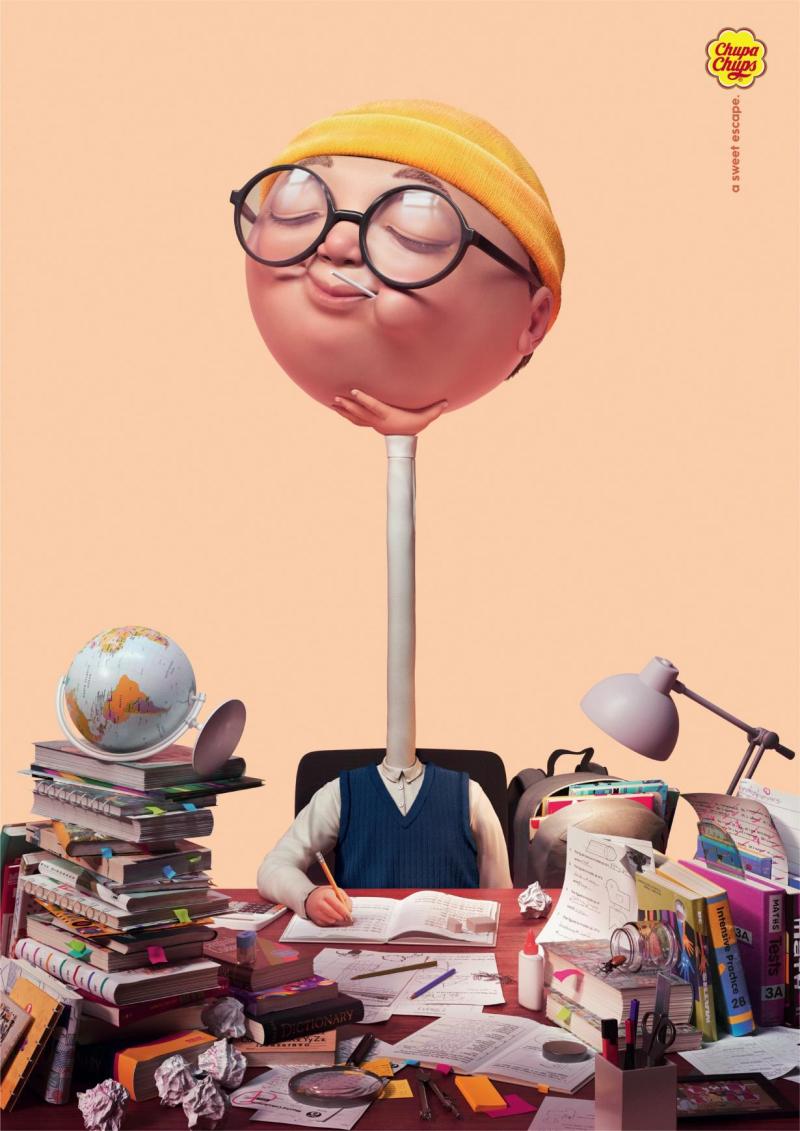
Andy Lockley, ECD of Content at Grey London started things off:
I was doubtful that Chupa Chups actually briefed an ad agency to create a print/poster campaign to promote its lollipops. So I contacted Chupa Chups to ask if this was an actual advertisement that they had created or if it was just ‘fan art’. They confirmed my suspicion that is was the latter. I know you’re a fan of these type of simple visual articulations, but many are nothing more than vanity exercises by ad agencies / ad agency creatives designed to seduce awards juries in one big echo chamber. All a bit tragic really.
To which the original poster (OP) replied:
Think you might be missing the point of my feed Andy. This is about inspiration. I’m trying to expand people’s executional sensibilities. Sharing stuff that catches my eye or in this case visually expresses the feeling of enjoying a lollipop. If this is spec/student work, good for them for executing to this level. Looks better than a lot of real ads I see. Now if your point is that it doesn’t work as an ad…all opinions are welcome but if you are saying it’s doesn’t work as a piece of inspiration, I disagree.
I joined in:
Alas, I think it inspires people to take the path of Cannes scams instead of necessary ads for real clients. This would never sell a lollipop in a million years. But it is a nice illustration 😉
OP replied:
Really? I find inspiration in this and I don’t go on to make scam. I try to take the rails of any typical expected executional paths. It’s like gathering artistic references and looking at modes of expression for use down the line.
Me:
I didn’t say ‘everyone’. I said ‘people’. The celebration of scam breeds scam. Maybe not everyone, maybe not today, but its proliferation has helped bring the industry to its current sorry state. Let’s stop holding it up as anything to be inspired by. It makes us look childish and irresponsible. Beyond that, these ads just aren’t very good.
OP:
It’s advertising Ben. Why so serious? I feel like it’s that ‘tude in particular that’s taken the fun out of this industry. The shit work is based on shit strategy and phoning in the work. Blaming the industry’s faults on this is actually funny.
Me:
Just one of many reasons, which is why I said ‘helped’, not ‘brought’. We can produce good work on good strategies, but no one bothers anymore because they can do bullshit like this. Then you can put it up on LinkedIn, I’ll point out why it’s shit and the wheel keeps spinning. Then we can agree to disagree on who is part of the solution and who is part of the problem.
End scene.
I wanted to put both sides of the argument because I think many people in the industry see scam ads as harmless fun that can be inspiring (this is borne out by the supportive/complimentary comments).
So what’s the problem? Is my ‘tude a bad thing? Let’s go into the origins of scam and see if the answer lies there.
For decades creatives have altered ads for award entries. However, it used to be just the surreptitious removal of an ugly phone number or website from the entry proof. Or the two-minute director’s cut that ran once at 3am on some obscure satellite channel. Cheating? Sure. But the amended executions were based on real ads, and the alteration was relatively small, so they weren’t really getting an unfair advantage so much as presenting an actual answer to a real brief in its best state. Crime-wise it’s more parking ticket than GBH.
Then in the early 2000s awards seemed to take on greater importance. The Gunn Report provided a quantifiable measurement of creative superiority (even though it has never disclosed its methodology) that agencies could use in their pitch decks, or as PR fodder to trumpet how great their year had been. There seemed at last to be a direct financial benefit to the agencies and holding companies that were winning awards.
But we soon found ourselves in a live illustration of Goodhart’s Law: When a measure becomes a target, it ceases to be a good measure. Instead of awards being a consequence of good work, a certain kind of work was being created as a consequence of the benefits of awards.
I’m not saying these are all bad ads (although some, like the Chupa Chups example, certainly are). I’m saying they are not ads at all.
The skill and value of the job is in using some form of communication to solve a business problem on behalf of a product or service. If we’re just making stuff up, we’re not doing that. Why would Hot Wheels use sophisticated, conceptual double page ads to sell their cars to kids who don’t like or understand that kind of thing? Have you ever seen a Tabasco ad in real life that shows some kind of exaggeration of the heat of the sauce? Come to think of it, have you ever seen a Tabasco ad in real life? Or all the award-winning WWF ads? Or Land Rover ‘you can drive anywhere’ executions?
They are like the tree that falls in the wood with only an awards jury to hear it.
But maybe I am just being Mr. Buzzkill, and this is essentially a benign exercise in showing what advertising people can do when all the circumstances are right.
Sorry, no. Here’s why:
- We look silly to clients. Explain to someone who pays for your work that you don’t like what they approved, so instead you’d like them to sign off an award entry for a completely different campaign: “Why?” To win awards. “But can’t you win awards with the campaign you’ve just made for me?” Ummm… It’s not really good enough. “Why not? You said it was the best you could do for me. What am I paying you for?” It’s not like that. There’s a certain kind of ad that wins awards and… “And our campaign isn’t it?” Er… yes. So will you sign off this other campaign so we can enter it and show how great our work for you can be? “Go fuck yourself.”
I once explained this situation to a client. She thought it was pathetic. It is pathetic. - It’s a massive distraction from the real job. If you feel like the campaign you’re working on is never going to get you a Cannes Silver, are you going to spend late nights making it as good as it can be? Not when you can spend agency, time, money and attention on making a fake campaign that might win instead. Here’s the metaphor: you won’t try hard to make your relationship work with that perfectly nice girl/guy because you have a top-end blow-up doll at home, and it’ll let you do anything. All those kinky layouts you’ve always wanted to try! Take your bold ascender and stick it wherever you like! Hubba hubba!
- They give a false impression of what a creative or agency is capable of under real circumstances. Thinking of a cool ad for a long lasting battery while you’re sitting in the pub, then persuading your local corner shop to let you make an ad for Duracell under their name, then calling in all your favours with your photographer friend to make it is not the same as having to answer a brief with a deadline, a budget and a choosy client. The latter requires real skill, and it’s how ad agencies pay their bills, and therefore exist to pay you. If you show your portfolio of scam ads to a prospective ECD, you’re lying about your ability to do the job that will pay your wages. Agencies are lying to clients about their ability to produce brilliant work. People don’t like being lied to. It makes them annoyed. It makes them think the liar is a bad person who doesn’t deserve their generosity and support. In 2019, we all need all the generosity and support we can get.
- It’s not fair on the people who abide by the rules. Are we all running the same race with the same kind of equipment, or are some of us doing our thing on a specially-sprung track using rocket-powered trainers? If your hard-won answer to a real brief is beaten by the agency that closes down in August just to work on that year’s award entries (true story), is that fair? You’ll miss out on raises and promotions because you thought you had a real job and tried to do it properly, you credulous twat. In addition, large agencies have a big advantage when it comes to making scam work: calling in expensive favours, leaning on clients for permission, buying media space etc. (At this point I should mention that I can kind of see why new agencies and young creatives make scam. It gives them a relatively large boost when they’re trying to find their feet, and they’ll often do proactive work to see if they can get some publicity or suck up to a client or boss. But mature creatives and agencies really have no excuse.)
- It leads to the creation of a certain kind of ad. There are cues you could hit to theoretically increase your chances of awards: no copy, logo in the bottom right, overdone visual… but then you’d be shutting yourself off from some real creative thought. It’s Goodhart’s Law again: the measure becomes the target, and suddenly you’re aiming for what gets you a Cannes Lion instead of what gets you an original or effective ad.
So is it inspiring, harmless ‘fun ‘tude’ stuff, or another nail in the coffin of the credibility of an industry whose standing has never been lower?
Cast your vote with your next piece of work.
